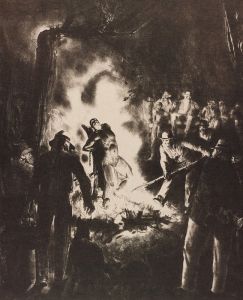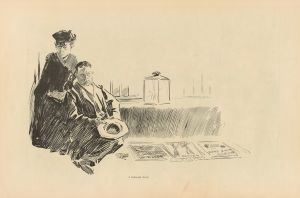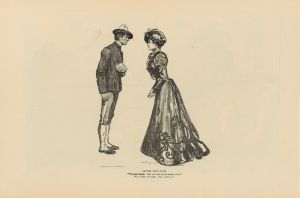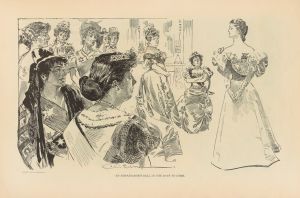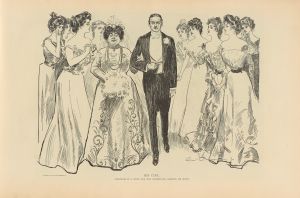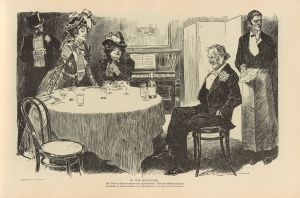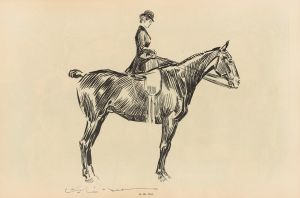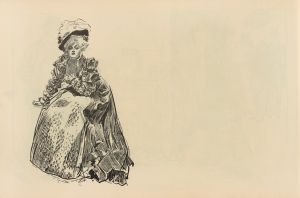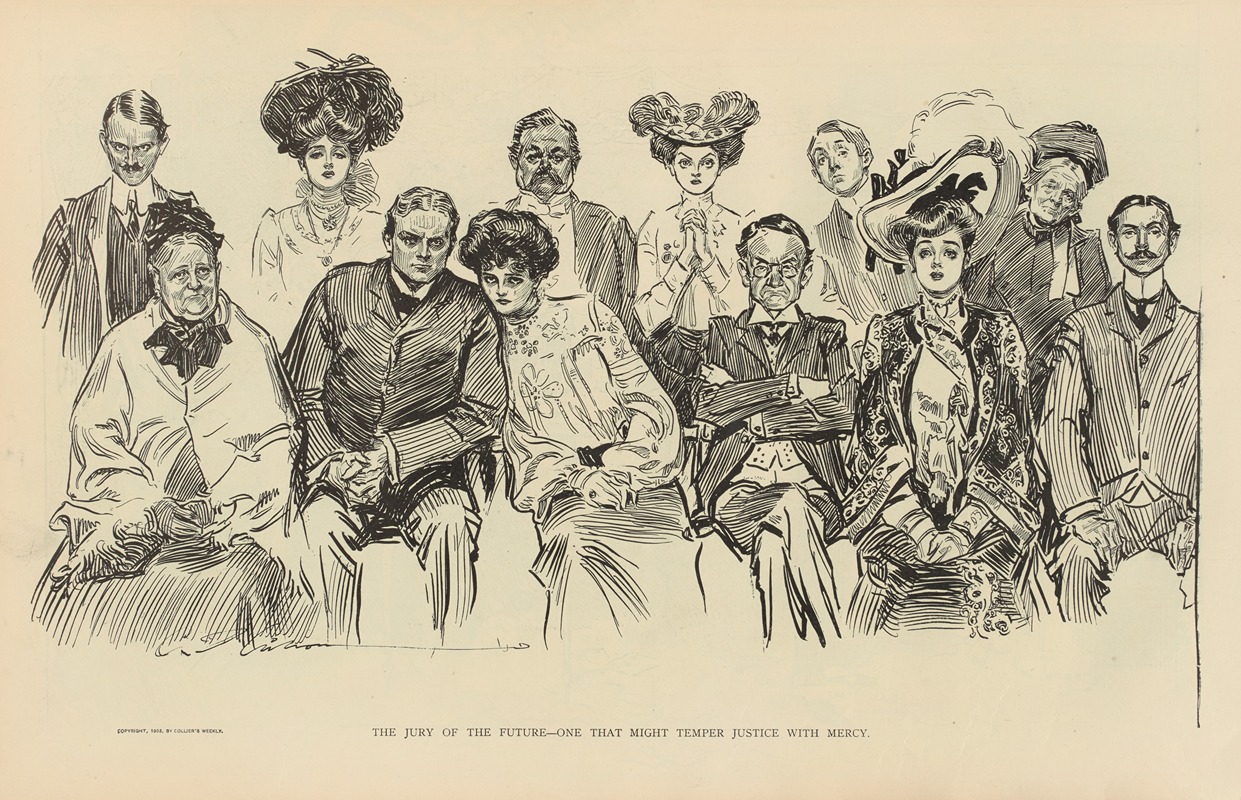
The jury of the future—one that might temper justice with mercy
A hand-painted replica of Charles Dana Gibson’s masterpiece The jury of the future—one that might temper justice with mercy, meticulously crafted by professional artists to capture the true essence of the original. Each piece is created with museum-quality canvas and rare mineral pigments, carefully painted by experienced artists with delicate brushstrokes and rich, layered colors to perfectly recreate the texture of the original artwork. Unlike machine-printed reproductions, this hand-painted version brings the painting to life, infused with the artist’s emotions and skill in every stroke. Whether for personal collection or home decoration, it instantly elevates the artistic atmosphere of any space.
Charles Dana Gibson was a prominent American illustrator best known for his creation of the "Gibson Girl," an iconic representation of the American woman at the turn of the 20th century. His work often appeared in popular magazines of the time, such as Life, Scribner's, and Harper's. One of his notable works is "The Jury of the Future—One That Might Temper Justice with Mercy," which reflects his keen observation of societal norms and his ability to capture the zeitgeist through his art.
"The Jury of the Future" is a black-and-white illustration that was published in the early 20th century. The artwork depicts a courtroom scene with an all-female jury, which was a progressive and somewhat provocative concept at the time, as women were not commonly allowed to serve on juries. This illustration is part of Gibson's broader commentary on gender roles and the evolving status of women in society. By envisioning a future where women participate in the judicial process, Gibson highlighted the potential for a more compassionate and empathetic approach to justice.
The composition of the illustration is typical of Gibson's style, characterized by detailed line work and expressive figures. The women in the jury box are depicted with a range of emotions, suggesting a thoughtful and nuanced deliberation process. This contrasts with the traditional, male-dominated juries of the time, which were often portrayed as stern and unemotional. Gibson's work subtly critiques the existing legal system and suggests that the inclusion of women could lead to a more balanced and humane form of justice.
Gibson's illustration was both a reflection of and a contribution to the ongoing discussions about women's rights and suffrage during the early 1900s. The suffrage movement was gaining momentum, and women were increasingly advocating for equal rights, including the right to vote and participate fully in civic life. By presenting an all-female jury, Gibson's work aligned with the aspirations of the suffrage movement and challenged the status quo.
The impact of "The Jury of the Future" extends beyond its immediate visual appeal. It serves as a historical document that captures the shifting attitudes towards gender equality and the role of women in public life. Gibson's illustration invites viewers to consider the implications of a more inclusive justice system and the potential benefits of diverse perspectives in decision-making processes.
Overall, Charles Dana Gibson's "The Jury of the Future—One That Might Temper Justice with Mercy" is a significant piece of art that reflects the social and cultural changes of its time. Through his skillful illustration, Gibson not only entertained his audience but also provoked thought and discussion about important issues of justice and equality.





